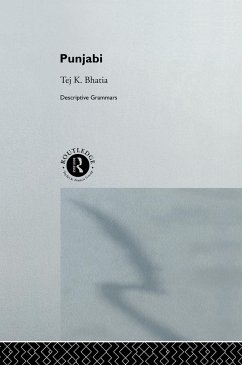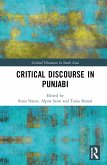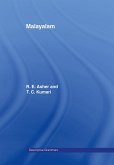Punjabi is a modern Indo-Aryan language spoken primarily in South Asian countries--India and Pakistan--but also in countries within the United Kingdom and Canada. Recognized as one of the fifteen official languages of India, Punjabi is spoken--as either first or second language--by approximately forty-five million people. Primarily written in three distinct scripts (Gurumukhi, Perso-Arabic, and Devanagari), a unique feature of the language is that it is tonal in nature. Along with Lahanda and the Western Pahari (Himalayan) dialects, Punjabi is the only modern Indo-Aryan language which has developed tonal contrast. Along with a discussion of Indian and Pakistani varieties of Punjabi, Tej Bhatia also accounts for the linguistic and sociolinguistic properties of British and Canadian varieties. The book will invaluable to linguists working in the area of South Asian Linguistics, language universals, language typology, comparative syntax, morphology or phonology, and linguistic variation.








